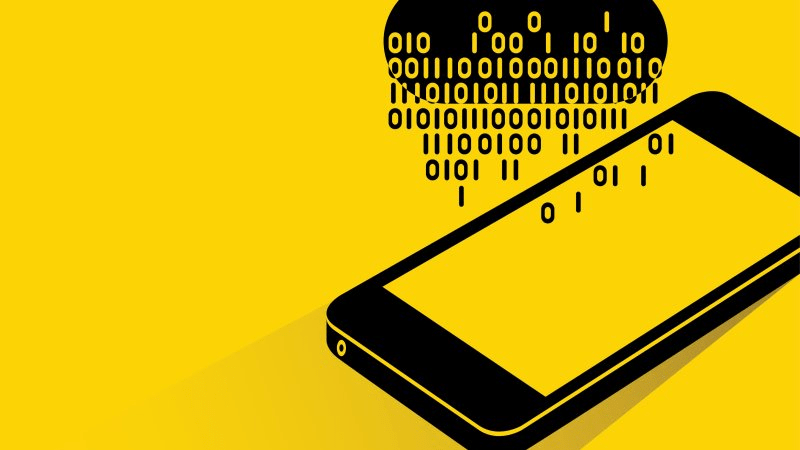
The U.S. Marshals Service (USMS) is looking for the best ways to improve its employee’s work-life by improving mobile computing and to do that, they’re focusing more on thinking outside the box. Yes, that’s a clichéd way of detailing how to brainstorm novel ideas, but for CIO of the USMS Dr. Karl Mathias, that means to actually leave the box-like structures we call offices and get into the field.
Mobile computing is especially critical for the U.S. Marshals Service because its Marshals do a lot of their work in the field. What better way to understand the needs of those individuals than to go and see for themselves.
While in the field, they discovered that the employees there already have to carry a lot of gear on their person, deal with an archaic filing system, and outdated computer technology that remains stationary in their squad cars. To lighten the load, and make information more accessible, USMS developed a mobile application and a handheld fingerprint scanner. The mobile app can help scan license plates or boat plates, as well as process the fingerprints that were scanned via the handheld scanner.
Not only does this technology make work procedures more convenient, but being able to properly identify suspects saves valuable time in the field. It also helps with safely executing prisoner movements–of which they do 260,000 per year–and help avoid a Con Air situation.
By assessing employee needs, USMS found it most pertinent to get out into the work environment of its frontline employees. Understanding firsthand what the employees need has helped grow its mobile computing technology and improve work life outside of the office.
